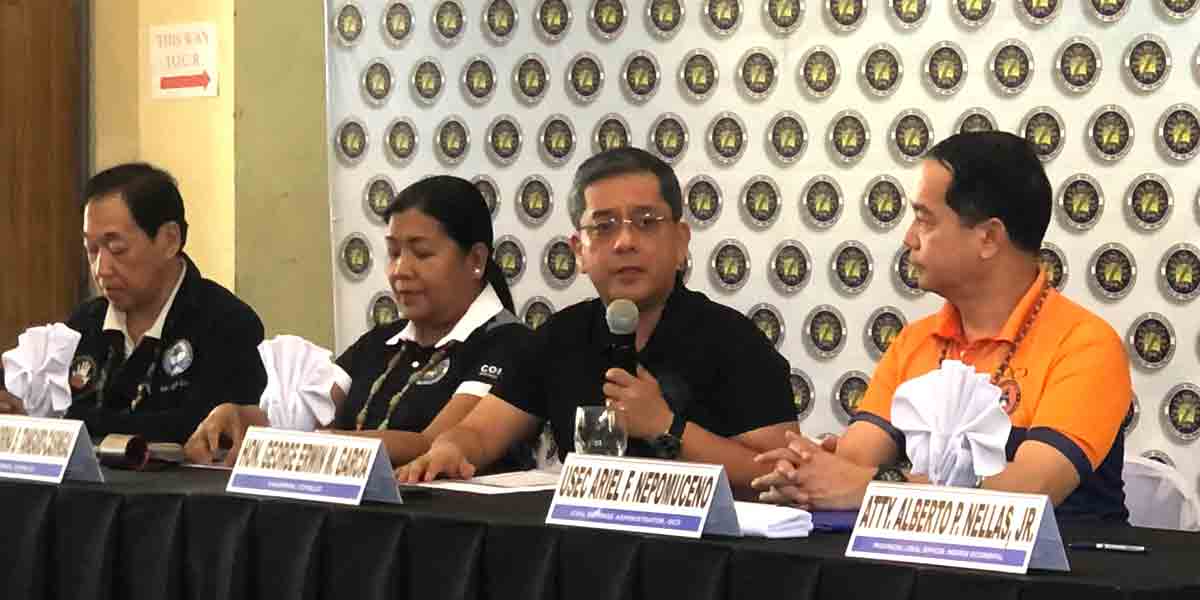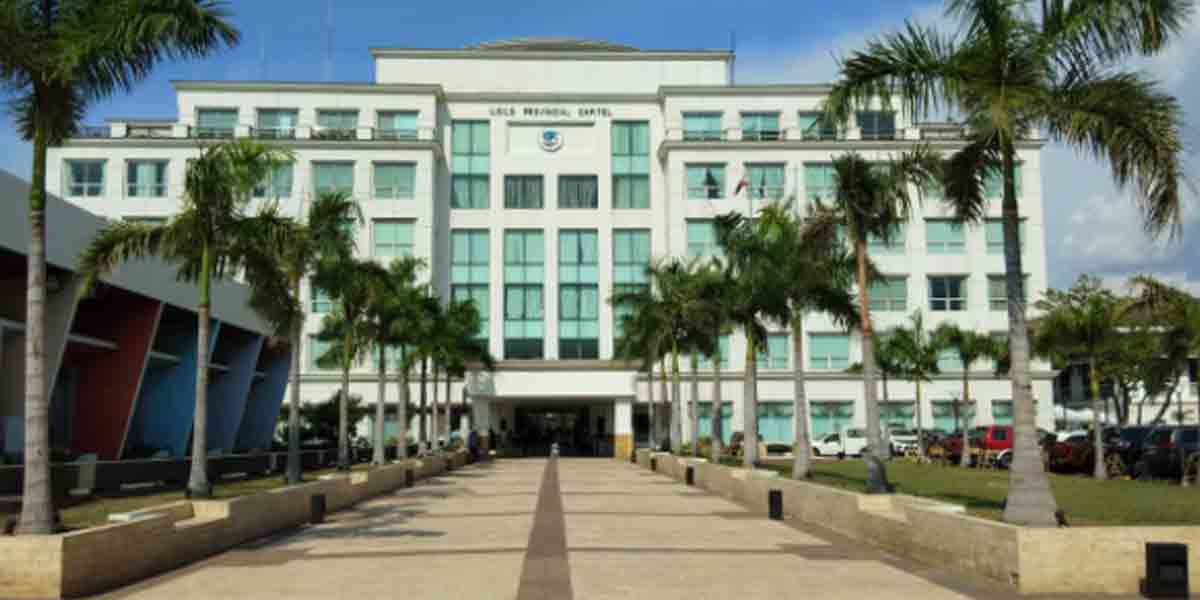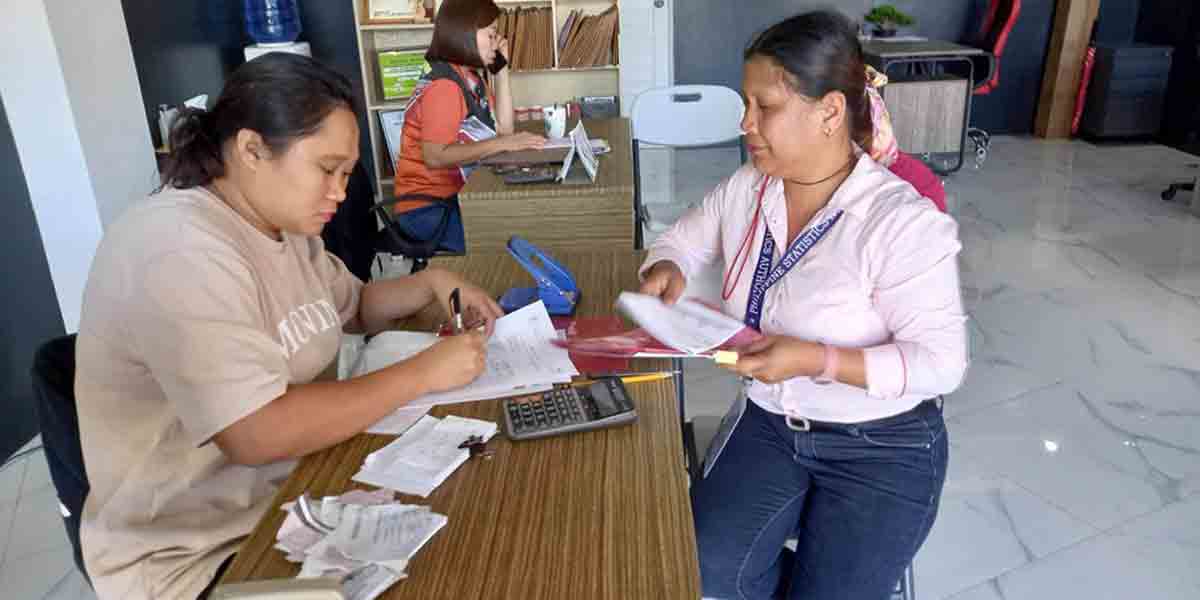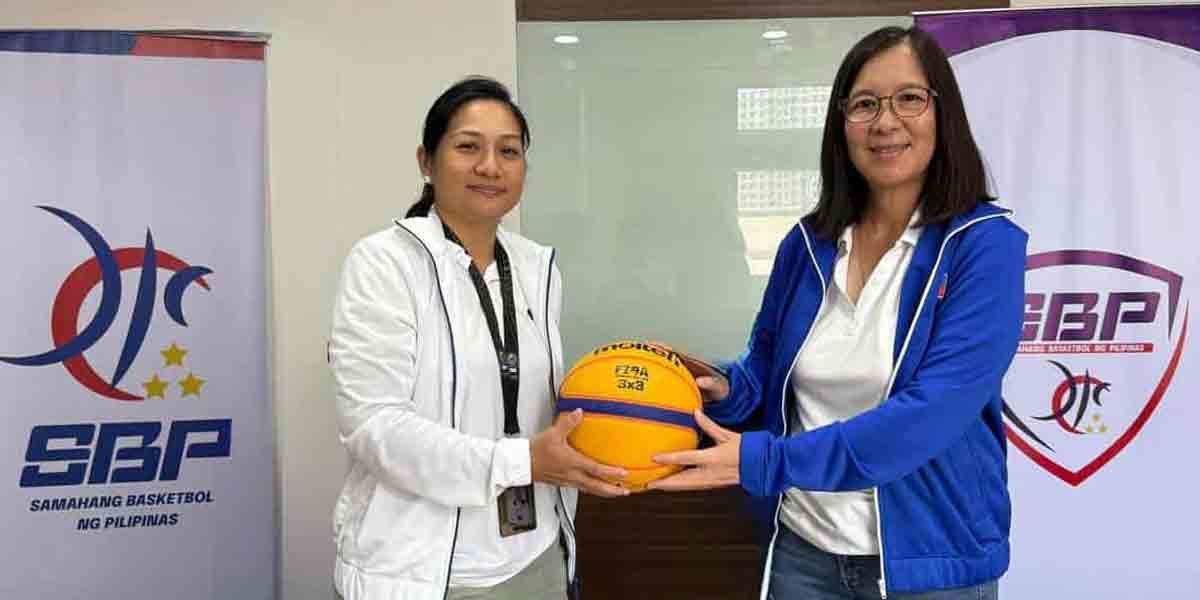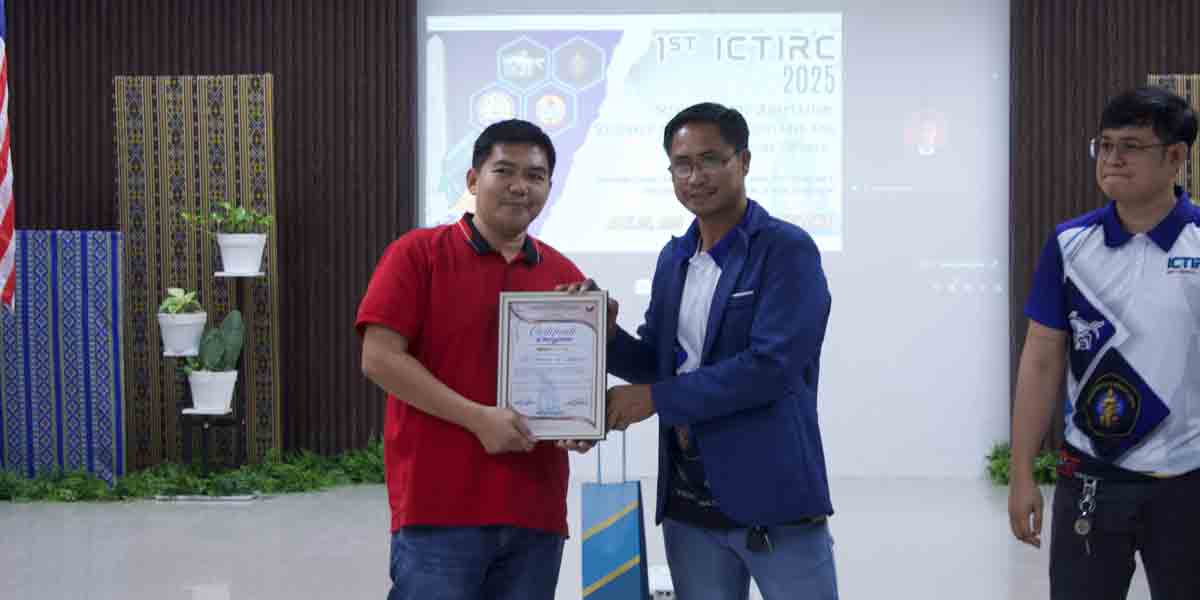By Francis Allan L. Angelo
“We need long-term support, not just relief goods after storms,” says Carlito Moncal, president of the Tabunacan Fisher Folk Association in Miagao, Iloilo. His voice carries the weight of decades spent on the sea, watching his community’s traditional fishing grounds slowly diminish. “Every time there’s a calamity, they give us food packs and some basic assistance. But what we really need is sustained help to protect our livelihoods.”
The morning sun rises over Carles, Iloilo, once dubbed the “Alaska of the Philippines” for its rich fishing grounds. But the sight that greets us today is far from that glorious past. Small fishing boats dot the horizon, their crews venturing ever farther from shore in search of increasingly elusive catches. This scene encapsulates the crisis facing Philippine small-scale fisheries – a sector that, despite providing food security for millions and employing over 1.3 million fishers, finds itself fighting for survival.
Recent conversations with Dr. Alice Joan Ferrer of UP Visayas and local fisherfolk leaders Leo Logronio and Carlito Moncal highlight a fundamental disconnect between policy approaches and the actual needs of fishing communities. The Too Big To Ignore (TBTI) Philippines, where Dr. Ferrer serves as executive director, has grown from 24 to 46 member institutions since its establishment in July 2023, reflecting growing recognition of the sector’s importance. Yet, while government programs often focus on post-disaster relief and short-term aid, the real challenges require sustained, systemic solutions.
The numbers tell a sobering story. Of the Philippines’ vast 2.2 million square kilometers of marine waters, only 15% is reserved for municipal fishing – the domain of small-scale fishers. Even more alarming, if commercial fishing vessels are allowed into waters beyond seven fathoms deep within this zone, as some are proposing, that space shrinks to a mere 2%. This means 98% of Philippine waters would be open to just 4,368 licensed commercial fishing operators, while 2.7 million small-scale fishers and associated workers must compete for the remaining 2%.
“In the past, we could fish close to shore and catch enough to feed our families and sell in the market,” Logronio recalls. “Now we spend more on fuel going farther out, only to return with smaller catches.” This isn’t just about declining incomes; it’s about the systematic erosion of a way of life that has sustained coastal communities for generations.
The challenges facing small-scale fishers extend far beyond dwindling catches. In Carles, where Logronio leads a 60-member fisherfolk association, the struggles are multifaceted. Climate change has made weather patterns more unpredictable, making traditional fishing methods less reliable. The increasing presence of commercial fishing vessels, often operating illegally within municipal waters, not only depletes fish stocks but also damages crucial marine habitats with their industrial-scale equipment.
“Some commercial vessels use intense lights at night that disturb fish behavior,” Moncal explains. “When they leave, the fish have scattered, making it harder for small-scale fishers to catch anything the next day.” This practice, combined with the use of destructive fishing methods, has led to a dramatic decline in catch sizes. Where fishers once brought in 10-15 kilos from a few hours of fishing near shore, they now struggle to catch 3-5 kilos even after venturing much farther out.
What’s needed, according to Dr. Ferrer, is a comprehensive approach that goes beyond the current cycle of crisis and relief. The TBTI Philippines advocates for sustained investment in the sector’s development, including strengthening enforcement capabilities against illegal commercial fishing, developing sustainable fishing practices that can withstand changing climate conditions, and providing technical support and training for fisherfolk organizations.
The Visayan Sea, where much of this drama unfolds, holds special significance. As Dr. Ferrer explains, it’s part of the Coral Triangle, the global epicenter of marine biodiversity. With an average depth of 40 meters, these relatively shallow waters serve as crucial spawning and nursery grounds for countless marine species. The Philippines’ position at the apex of the Coral Triangle, encompassing waters shared with Malaysia, Indonesia, Papua New Guinea, Solomon Islands, and Timor-Leste, gives it both special importance and responsibility in marine conservation.
Local initiatives like Marine Protected Areas (MPAs) show promise when properly supported. In Carles, Logronio’s organization manages an MPA that has become a model for community-based conservation. “When we started protecting these areas, we saw fish populations recover,” he says. The MPA includes both core zones where fishing is prohibited and buffer zones where only sustainable fishing methods are allowed. However, enforcement remains a challenge. “Last week alone, we had to apprehend violators entering the no-take zone. Sometimes these are our own neighbors or relatives, which makes enforcement even more difficult.”
In Miagao, Moncal faces different challenges. The construction of coastal protection structures, while necessary, has been implemented without adequate consultation with fishing communities. “We understand the need for these projects,” he says, “but they shouldn’t come at the cost of our access to traditional fishing grounds.” This highlights a broader issue: the need for integrated coastal management that considers both environmental protection and the livelihoods of fishing communities.
The crisis in small-scale fisheries has implications far beyond coastal communities. According to research shared by Dr. Ferrer, these fisheries provide the most affordable source of protein for millions of Filipinos, with per capita fish consumption reaching 37.5 kilograms annually. Small-scale fishers also tend to use more sustainable methods, maintaining crucial traditional knowledge about marine ecosystems that has been passed down through generations.
The recent Supreme Court decision regarding municipal water access rights has added another layer of complexity. While the ruling focused on technical grounds, it has raised concerns about the future of municipal waters protection. The province of Iloilo has moved to intervene on behalf of small-scale fishers, recognizing the potential impact on food security and local economies.
Looking ahead, solutions must be both comprehensive and sustained. The TBTI Philippines recommends:
1. Strengthening legal frameworks protecting municipal waters
2. Investing in modern but appropriate technology for small-scale fishers
3. Developing cold chain infrastructure to reduce post-harvest losses
4. Supporting community-based marine protected areas
5. Creating alternative livelihood programs that complement traditional fishing
6. Improving monitoring and enforcement capabilities
7. Incorporating traditional ecological knowledge into management plans
“We’re not just fighting for our livelihoods,” Logronio emphasizes. “We’re fighting to preserve a way of life that has sustained our communities for generations.” His organization’s efforts to rehabilitate mangroves and protect marine sanctuaries demonstrate how local communities can be effective stewards of marine resources when given proper support.
The challenges are significant, but there are reasons for hope. The growing membership of TBTI Philippines indicates increasing recognition of the sector’s importance. Successful MPAs, like the one in Carles, provide models for community-based conservation. And most importantly, despite all challenges, fishing communities remain committed to protecting their waters.
As the sun sets over the Visayan Sea, small boats return to shore, their crews hoping for better catches tomorrow. The future of Philippine small-scale fisheries hangs in the balance. Will we continue with band-aid solutions, or will we finally commit to the long-term support these communities need? As Moncal puts it, “We don’t want handouts. We want the means to protect our seas and sustain our way of life.” The answer to this question will determine not just the fate of 2.7 million fisherfolk, but the future of Philippine food security itself.
So what’s it going to be? Will we keep throwing relief goods and quick fixes at our fishers every time disaster strikes, watching their way of life slowly fade away? Or will we finally give them the lasting support they need to thrive? The choice matters to everyone who eats fish – and that’s most of us Filipinos. As Dr. Ferrer puts it, we’re not just saving fish here. We’re protecting the delicate web of life in our seas that our ancestors understood so well, and making sure our children and grandchildren will still have fish on their plates tomorrow. The next move belongs to our leaders, but the consequences will be felt by us all.


